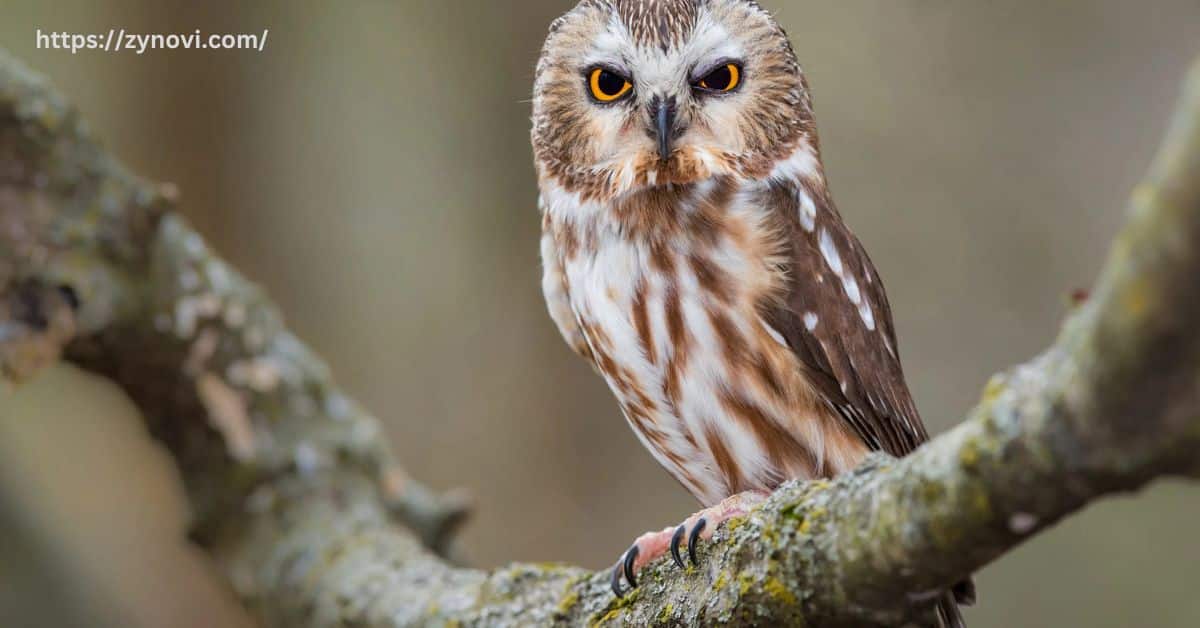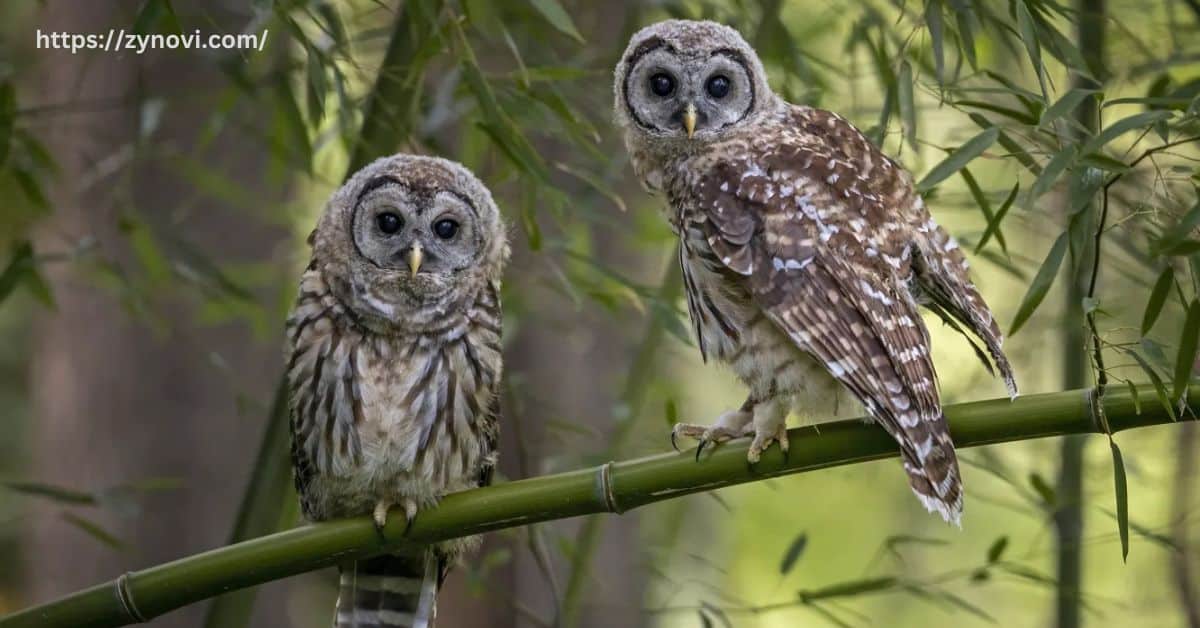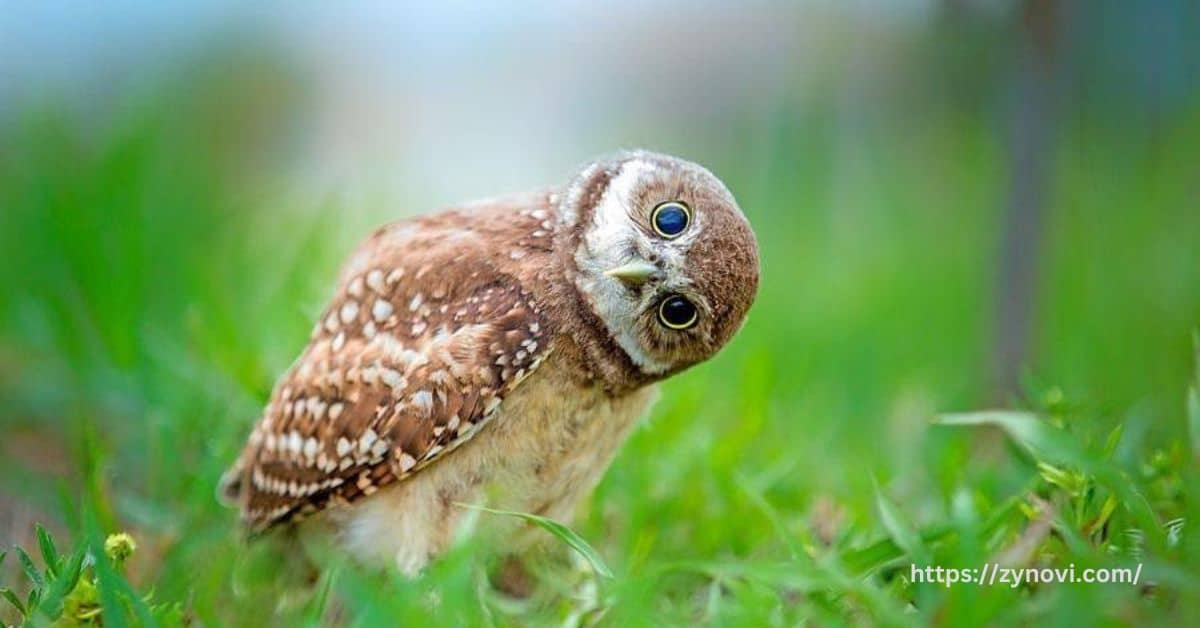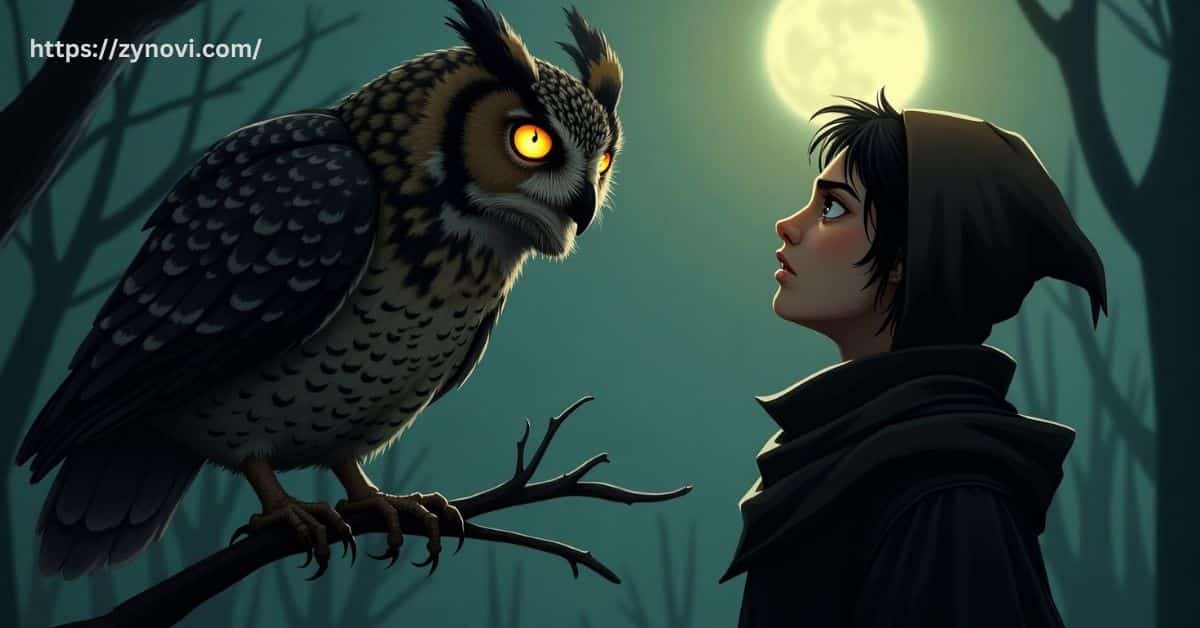Do Owls Attack Humans? Owls rarely attack humans, but they may become defensive if they feel threatened or are protecting their nests.
You might be surprised to learn that these majestic, nocturnal creatures are not always as peaceful as they seem. While owls are fascinating predators, their territorial nature can sometimes lead to unexpected encounters with humans. So, what should you know to stay safe?
If you’ve ever wondered whether an owl could swoop down on you during a nighttime stroll, you’re in the right place. In this article, we’ll explore why these feathered hunters might attack and how you can avoid a close encounter. Get ready to uncover the truth about owl behavior!
What Are Owls?
Owls are a diverse group of nocturnal birds of prey known for their silent flight, large eyes, and 270-degree head rotation. These physical adaptations make them efficient hunters, able to swoop down on their prey without making a sound.
Owl Species Overview
There are over 200 species of owls worldwide, each with unique characteristics. Some of the most notable species include:
| Owl Species | Description |
|---|---|
| Great Horned Owl | Known for its distinctive ear tufts. |
| Barred Owl | Recognizable by its bar-like markings. |
| Snowy Owl | Notable for its white feathers. |
| Barn Owl | Famous for its heart-shaped face. |
| Eurasian Eagle-Owl | One of the largest owl species. |
| Elf Owl | The smallest owl species. |
Owls inhabit various environments, from forests and deserts to urban areas and tundras. Their ability to adapt to different habitats plays a crucial role in controlling rodent populations, making them vital predators in the ecosystem.
Role in the Ecosystem
As predators, owls help maintain the balance of ecosystems by controlling the populations of small mammals and insects. This predatory role positions them as essential players in their habitats, ensuring that prey species do not overpopulate.
Why Do Owls Attack Humans?

Though rare, owl attacks on humans do occur, often under specific circumstances. Understanding the reasons behind these attacks can help mitigate the risks.
- Defensive Behavior: Owls are known to exhibit territorial defense when they perceive a threat to their nests, especially during the breeding season. This defensive behavior can escalate into aggressive behavior if humans inadvertently venture too close to their nesting sites.
- Mistaken Identity: In some cases, owls may attack humans due to mistaken identity. For instance, certain activities like jogging or walking can mimic the movements of predators, prompting an owl to defend its territory aggressively.
- Unprovoked Aggression: Although rare, there have been instances of unprovoked aggression.
- Food Scarcity: Factors such as food scarcity and heightened protective instincts during the breeding season can lead to unexpected attacks.
Reported Incidents of Owl Attacks
Numerous documented cases of owl attacks provide insight into the circumstances under which these incidents occur.
Historical Incidents
- In Salem, Oregon, a series of owl attacks in a local park left several joggers with scratches and minor injuries, underscoring the need for increased awareness and caution in areas with active owl populations.
- In Purmerend, Netherlands, a Eurasian Eagle-Owl aggressively attacked over 50 people, resulting in significant media attention and intervention from wildlife management authorities to address the unusual behavior.
Geographic Hotspots
- Certain areas, such as parts of Washington State, have reported higher incidences of owl attacks.
- This trend often correlates with the presence of Barred Owls, a species known for its highly territorial nature.
- These owls are particularly defensive of their nesting areas and are more likely to confront perceived threats, making encounters in these regions more common.
Frequency and Severity
- While owl attacks on humans are relatively infrequent, they can result in serious injuries due to the bird’s powerful talons and sharp beaks.
- These features, essential for hunting, can inflict deep wounds when owls feel threatened or provoked.
- Understanding the potential severity of these injuries emphasizes the importance of cautious behavior around these birds to avoid such confrontations.
Are Owls Dangerous?

Understanding whether owls are dangerous requires a closer look at their physical and behavioral attributes.
- Comparison with Other Birds of Prey: Compared to other birds of prey like hawks and eagles, owls are less likely to pose a threat to humans. However, their silent flight and nocturnal habits can make them more unpredictable.
- Risk Factors for Humans Human proximity: to owl habitats, especially during the breeding season, increases the likelihood of attacks. Activities that disrupt their environment can lead to aggressive encounters.
- Potential Harm from Attacks: Injuries from owl attacks typically include scratches and punctures from their sharp talons and beaks. Though not life-threatening, these injuries can require medical attention to prevent infection.
How to Prevents from Owl Attacks
Preventing owl attacks involves understanding their behavior and taking proactive measures.
Personal Safety Tips
- Wear protective gear like hats or helmets when in areas known for owl activity to reduce the risk of injuries from sudden attacks.
- Carry umbrellas or use lights to deter owls, as these can disrupt their flight path and discourage close encounters.
- Avoid known owl habitats, particularly during nesting season, to minimize the chances of encountering territorial birds.
Avoiding Nests
Recognizing and steering clear of owl nesting sites is crucial for personal safety. Signs such as frequent owl calls and the presence of droppings often indicate active nests.
By identifying these markers, individuals can avoid disturbing these areas and reduce the likelihood of provoking an attack.
Maintaining a respectful distance from nesting sites helps in preserving both human safety and the well-being of the owls.
Community Awareness Programs
Wildlife authorities frequently organize educational programs aimed at raising public awareness about owls and promoting effective safety measures.
Participation in these initiatives can equip communities with the knowledge needed to coexist peacefully with these nocturnal birds.
Through increased understanding of owl behavior and habitats, these programs play a pivotal role in minimizing human-owl conflicts and fostering respect for wildlife.
Understanding Owl Behavior

A deeper understanding of owl behavior can aid in mitigating risks and fostering respect for these creatures.
Hunting and Feeding Patterns: Owls primarily hunt at night, relying on their low-light vision and silent flight to capture prey. Their diet mainly consists of rodents, insects, and small birds.
Mating and Nesting Habits: During the owl breeding season, owls become more territorial and protective of their nests. Understanding these patterns can help humans avoid conflicts during these sensitive times.
Nocturnal Nature: Owls are nocturnal, meaning they are most active at night. This behavior makes human encounters less likely but also more startling when they do occur.
Myths and Misconceptions About Owls
Owls have been surrounded by myths and misconceptions throughout history. Separating fact from fiction is essential to understanding these birds.
Cultural Beliefs: In many cultures, owls are associated with wisdom or seen as bad omens. These beliefs often lead to misunderstandings about their nature and behavior.
Misunderstood Creatures: Common myths, such as owls being inherently aggressive or harbingers of doom, are unfounded. Scientific facts about their behavior and ecology paint a more accurate picture.
Impact of Misconceptions: Misconceptions can lead to unnecessary fear and hostility towards owls. Education and awareness can help dispel these myths and promote coexistence.
FAQs
Will an owl attack a person?
Yes, owls may attack if they feel threatened or are protecting their nests, especially during the breeding season.
What to do if an owl attacks you?
Protect your head and eyes with your arms or an object, and calmly move away from the area.
Are owls a bad omen?
In some cultures, owls are seen as bad omens, but they are generally considered symbols of wisdom and guardians of the night.
Is it good to have owls around your house?
Yes, owls can help control rodent populations, making them beneficial for natural pest control around your home.
Conclusion: Do Owls Attack Humans?
While owl attacks on humans are rare, they are not unheard of. By understanding the reasons behind these attacks and taking appropriate protective measures, we can reduce the risk and coexist peacefully with these magnificent birds. Respecting their territorial defense instincts and avoiding provocation are key steps in ensuring safety.
In the words of wildlife authorities, “Coexistence with owls requires respect for their habitat and behavior. With awareness and caution, we can enjoy the presence of these nocturnal predators without fear.”










